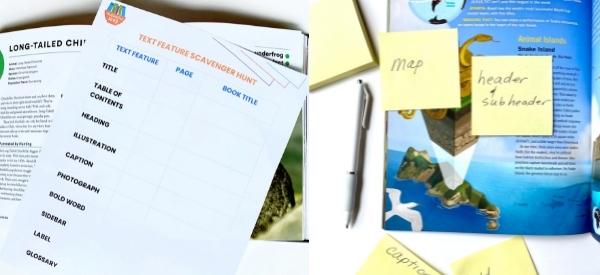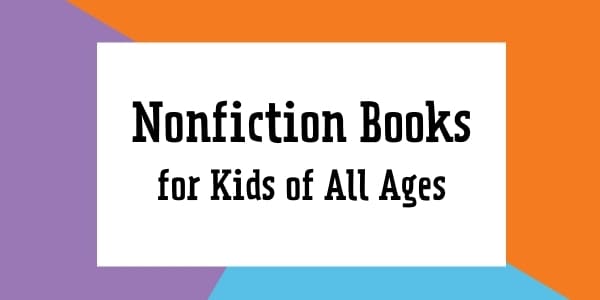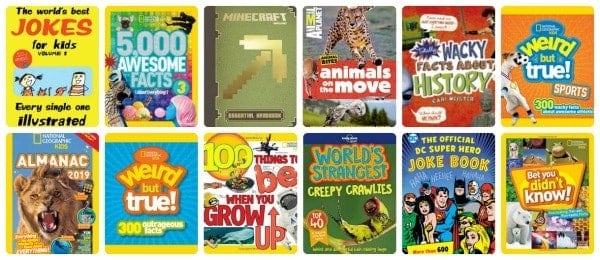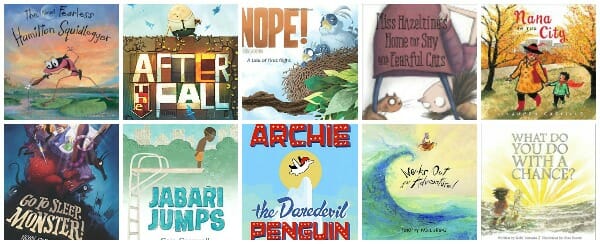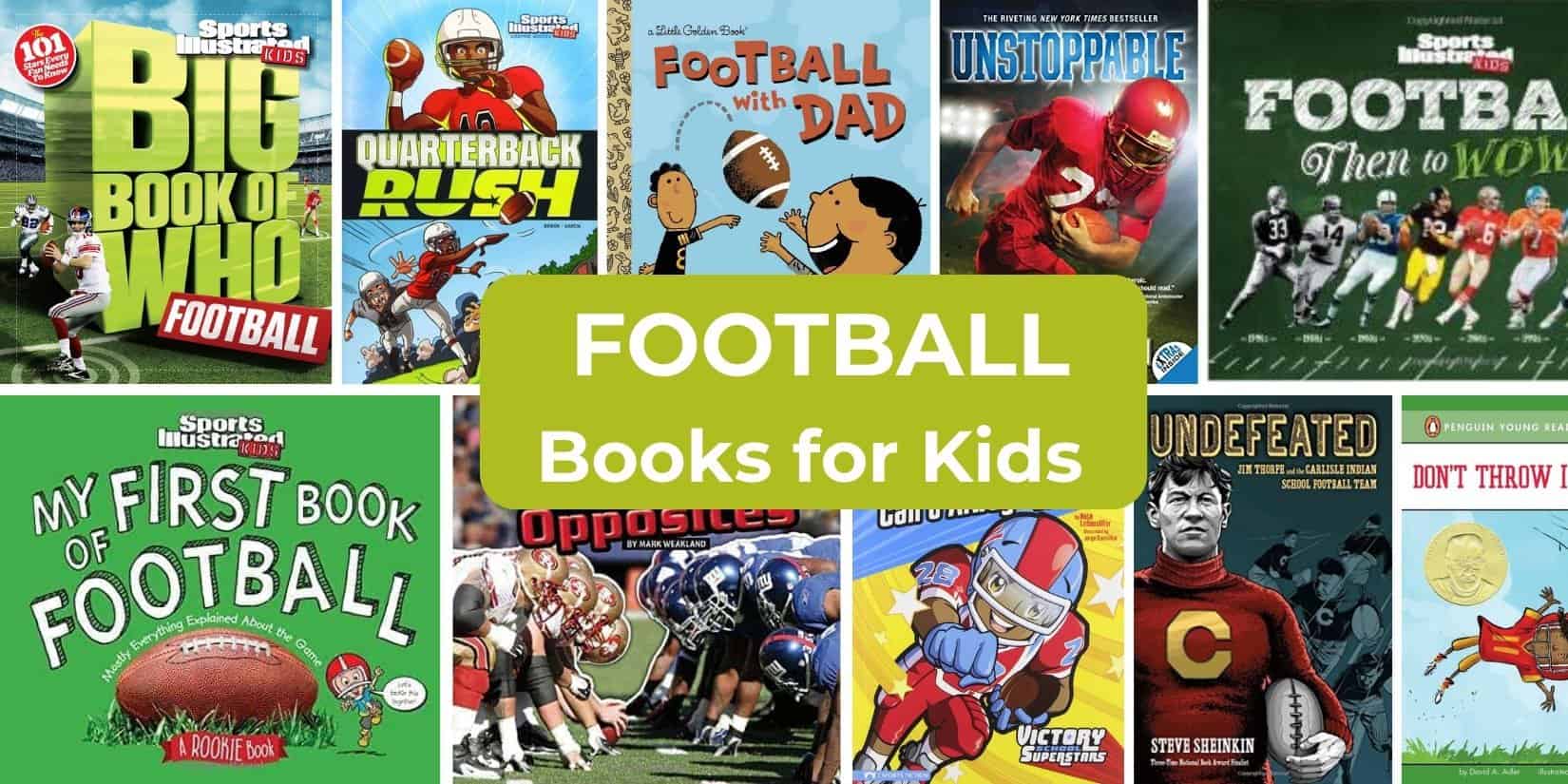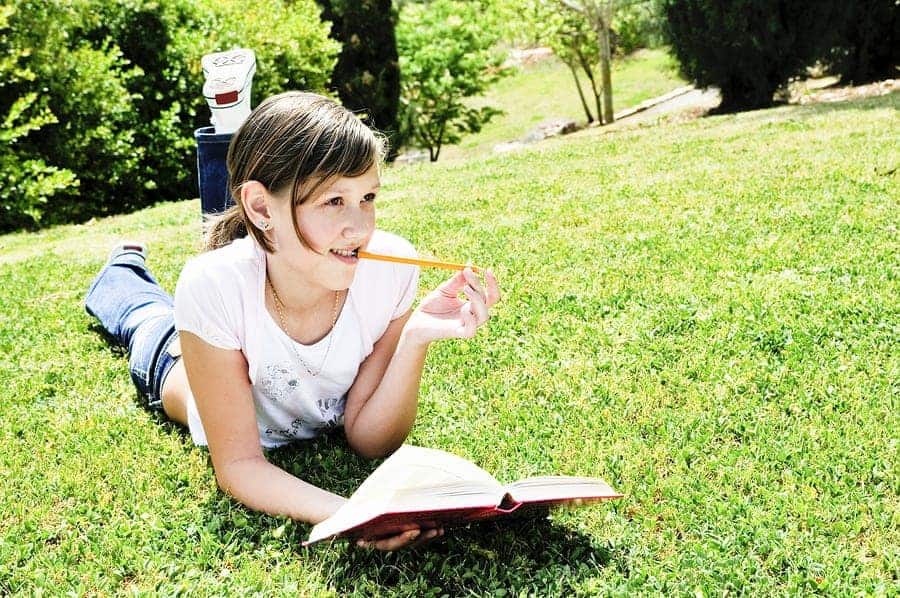Teaching Fiction and Nonfiction To Young Children
This post may contain affiliate links.
As a preschool and kindergarten teacher, I taught a nonfiction unit in my classrooms to explore what we were reading and learning, and what we wanted to know more about. Each learner would pick a topic, and then we would read books about it and write down the facts we thought were the most important or interesting.
Teaching Fiction and Nonfiction To Young Children
It was always illuminating to see what they remembered or thought was important to know about their topic. Of course, this doesn’t negate how important fiction is! Or negate all the things we can learn from our imaginations.
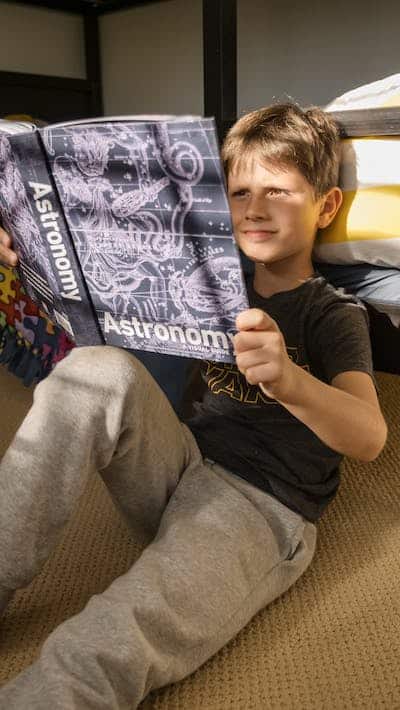
We spent most of the year reading fiction-based books with anthropomorphic animals or wild adventures that could only take place in a fantasy world. We learned a lot of very valuable lessons from those books as well.
It’s important to teach both fiction and nonfiction so that young children can understand where information is derived. Here is a quick overview of how to teach fiction and nonfiction to young children.
Defining Nonfiction and Fiction
Define Fiction & Nonfiction. Then, Ask Questions
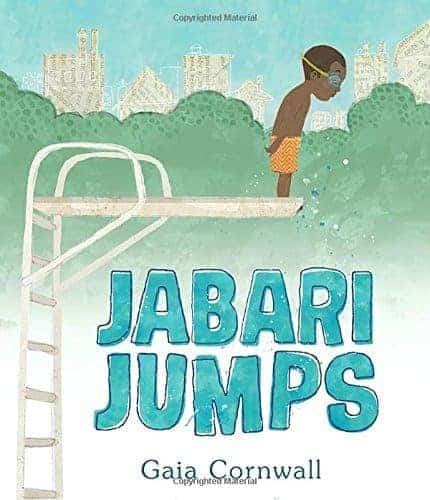
The first thing to do is clearly define “fiction” and “nonfiction” and ask which books are which. What do the children think nonfiction means?
If you are reading a book like Jabari Jumps by Gaia Cornwall, is that a nonfiction book? Are elements of it so familiar they could be real? Asking these questions together can really help children disseminate information and feel a deeper understanding of stories.
Teach Imagination as Fiction vs. Fact as Nonfiction
Without taking away children’s wonder about the world or devaluing their sense of play, I like to explain that “imagination creates fiction.” We learn through our imagination all the time!
Nonfiction is the opposite of that, it is not created by imagination but instead is a fact. We can look at the grass and see it is green, that is a fact.
But if we imagine that sweet little fairies live amongst the blades of grass and we write a story about their day using our imagination, that is fiction.

I also explain that sometimes the two (fiction and nonfiction) can be combined, like in the book The Lost Package by Richard Ho and Jessica Lanan. In that book, there are non-fiction elements about how a package gets from one place to another, but there are fiction elements about how this particular package got lost and found by a family who wound up delivering it. The author imagined that fictional part and added it to the story. Though I wouldn’t use this as a nonfiction research book, it does help illustrate the two different genres and how they can meet.
How to Teach Nonfiction
Use Nonfiction Vocabulary
Vocabulary-building words are important for any genre or lesson. Content words describing nonfiction, such as words like facts, information, research, and real can be helpful when describing the characteristics and qualities of nonfiction.
But there are other parts of many nonfiction picture books that can also help children figure out if they are nonfiction. See if the book includes text features like sidebars, photographs, index, glossary, table of contents, diagrams, and captions. These are all important to know about when looking for a nonfiction book, and I like to go over these words (and what they might look like in a book) before we begin our research.
Actual Photographs
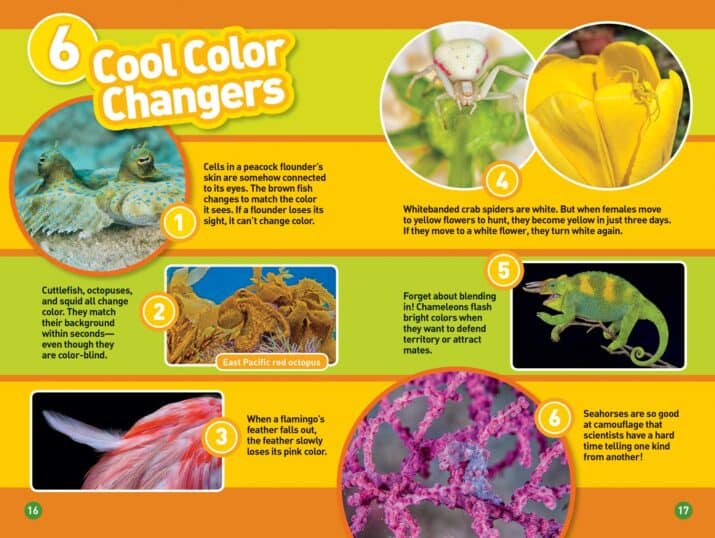
Photographs can help distinguish fact from imagination. This can be a tough one when it comes to picture books because many nonfiction picture books include drawings and are still fantastic resources. But I like to highlight a few books with pictures, especially National Geographic Kids books, so that children can learn the differences between a real photograph and a (possibly imaginative) drawing.
Child-Centered Learning
Giving children the space to decide what topic they want to learn about will increase their engagement and interest; it also boosts learning and thinking skills. Curiosity = investment! The more invested a reader is, the more they will want to read and research.
More Than Books
Using other methods of nonfiction research can be helpful for all ages. Educational videos, going to museums or other educational settings where you can see the topic in real life, looking at maps or travel guides, and talking to experts in the field are all other ways to explore a topic. Depending on who or what you are researching, you can find multiple ways to get deeper acquainted with the topic that extends beyond books so children can understand the concept of “factual information” even more.
Using Biographies
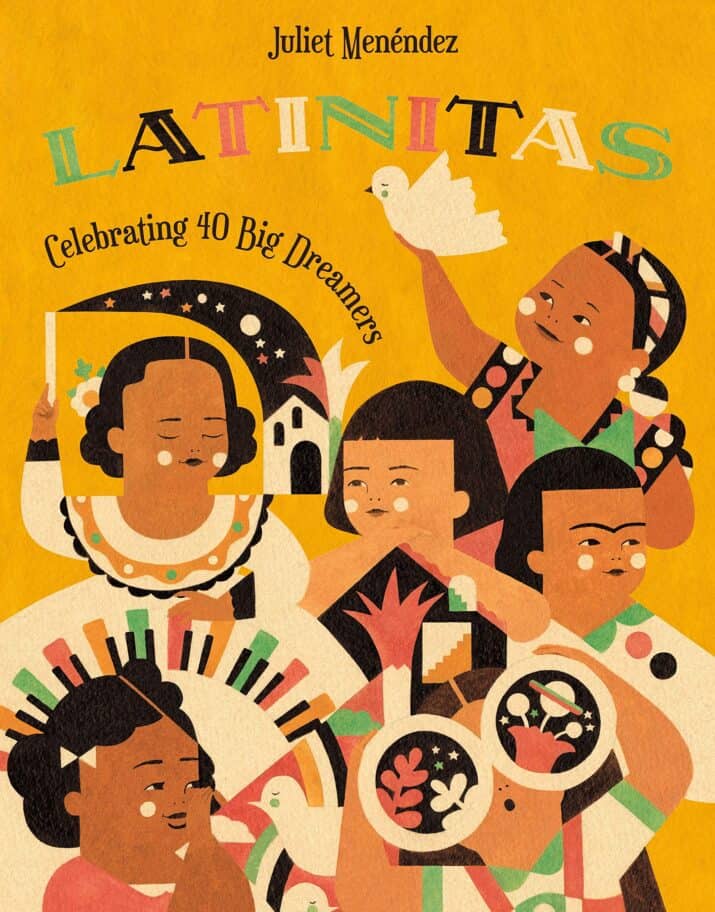
Studying a person (or animal) is often a great way to delve into nonfiction! There are a plethora of fantastic picture book biographies out there, or with older children.
Start with a compendium like Latinitas: Celebrating 40 Big Dreamers by Juliet Menendez to get an overview of multiple people, and then pick the person that interests you most.
You can also pick a topic and, within it, find an innovator or leader in the field that you are interested in. For example, if you are researching sharks, you might want to read about people who study sharks or are experts in the field, like Shark Lady: The True Story of How Eugenie Clark Became The Ocean’s Most Fearless Scientist by Jess Kearing and Marta Alvarez Minguens.
Define Keywords
Have learners identify and define keywords. For younger children, the learner can pick out a few keywords on a topic, like “ocean” “water” “shark” “teeth” “swim” and try to describe them. They can also see if they can find those words in their research books and even count how many times they see them!
For older children who are already reading and writing, ask them to write down any keywords or phrases that they think of or come up often when they are reading about a topic, including phrases or words they don’t know. They can define them on their own and then research each word or phrase to see how others define it.
How To Teach Fiction
Using Fiction Vocabulary
Finding words that help support and define fiction is an important first step. Pretending can be a tough concept for young children, sometimes it is hard for them to understand what is pretend and what is real. But we can talk about what it means to imagine, daydream, and create a story in our minds.
Learning Through Imagination
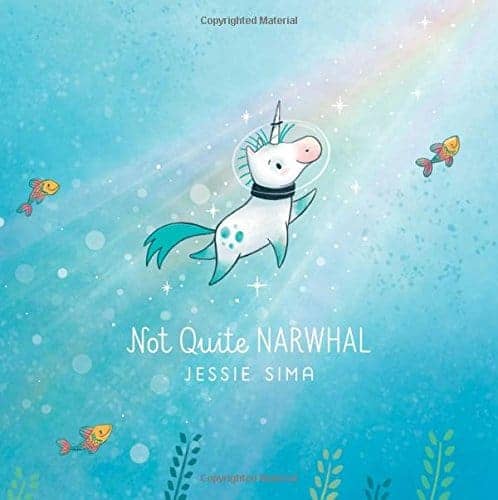
There are many fiction books that teach pertinent lessons, like Not Quite Narwhal by Jessie Sima. Is there really a unicorn living with a group of narwhals? Probably not, but it is a lovely story that shows us we can be true to ourselves and our real friends will still love us.
There are ways we can learn through imaginative stories and ways that using our imagination helps us. Imaginatoin builds our problem-solving and flexible thinking skills, strengthens our creativity and cognition, and deepens our empathy and language skills.
Finding The Fiction Elements
With kindergarteners, I like to have us find the elements of the story so we can see if they are imagination-based or not. What are the main elements of the story? Is there magic in it? Mythical creatures? If there are imagination-based elements like that, then the story might be fiction.
Keep It Wonder-full!
I’m always careful to keep fiction full of wonder and possibility. Instead of saying these things aren’t real or making them seem unimportant, I always ask questions like “does this happen in our everyday lives?” or “Is this creative magic?” I want to make the fictional elements seem special, not fake, so that children can keep their minds and hearts full of curiosity and wonder at the world around them. It’s also for me…I want to believe in unicorns, dragons, fairies, and magic too!
However you teach nonfiction and fiction to young children, I think it is important to honor their interests and creativity and navigate it all with some humor and a delicate touch.
Introducing these concepts can be both difficult and rewarding, giving children a chance to embrace new ideas, vocabulary, and ways of learning, while building cognitive skills and creativity at once.
Teaching nonfiction and fiction can provide new ways for children to embrace books and a love of learning!
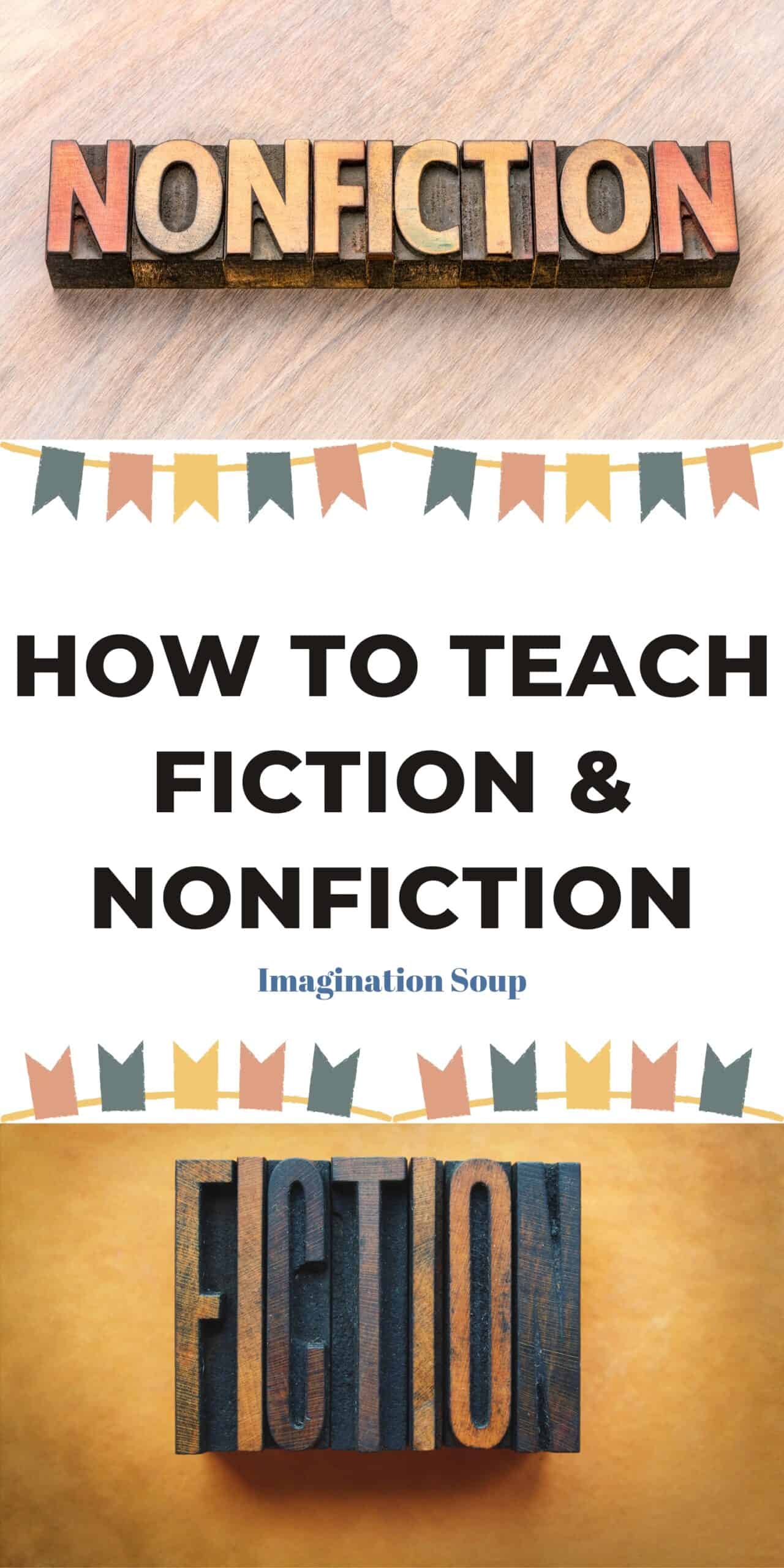
KEEP READING
Teach Nonfiction Text Features
Nonfiction Book Lists for All Ages
Short, Nonfiction Books for Reluctant, Struggling, and Wiggly Readers

